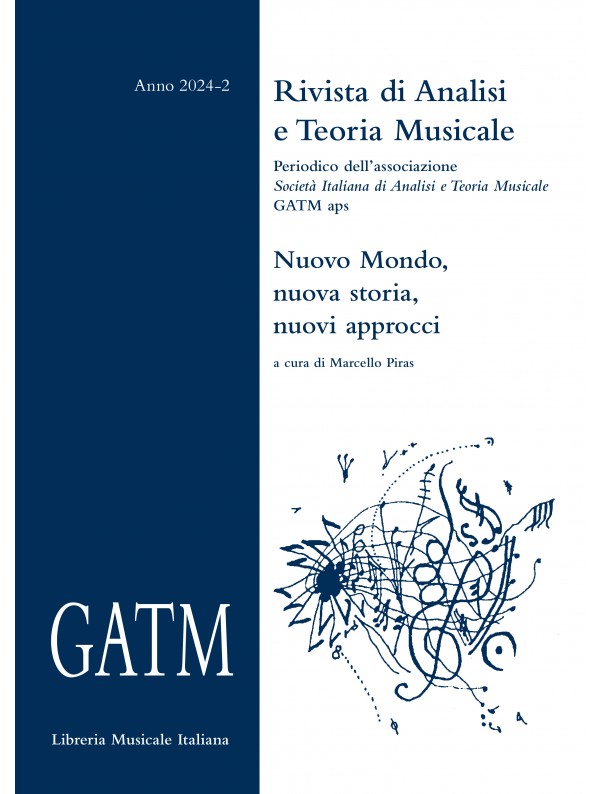Il villancico barocco in Spagna e nelle colonie dell’America Latina
Lo splendente stile armonico-contrappuntistico di Manuel de Sumaya
Abstract
Manuel de Sumaya (c. 1679–1755) fu il più importante maestro di cappella attivo nelle colonie spagnole nel primo Settecento, e sebbene la sua importanza sia stata riconosciuta fin dal primo Ottocento, solo negli ultimi decenni sono state svolte approfondite ricerche sulla sua vita e opera. Sumaya è noto soprattutto per i suoi villancicos e la prima parte del saggio tratta di questo genere in Spagna e in America Latina: il contesto culturale e il modello spagnolo di riferimento per la Chiesa coloniale, le possibili origini del villancico, i suoi sviluppi cinque-seicenteschi e i mutamenti introdotti in Spagna nel primo Settecento, sotto la dinastia dei Borbone.
La seconda parte descrive per il lettore italiano la formazione, la produzione e lo stile di Sumaya, evidenziando le questioni irrisolte sia nella biografia che nella collocazione del suo stile. Segue l’analisi di quattro brani, scelti per approfondire quattro argomenti ancora problematici: la formazione di Sumaya e il rapporto con il suo maestro Antonio de Salazar; il concorso del 1715 per l’assunzione come maestro di cappella a Città del Messico; le caratteristiche della sua scrittura armonico- contrappuntistica in un villancico prettamente vocale; e l’importanza e la funzione degli strumenti nella costruzione formale del villancico e come elementi di modernità.
https://www.lim.it/it/rivista-di-analisi-e-teoria-musicale/6864-2024-2-9788855432559.html




